Stainless Steel Single Bowl Drop-In Kitchen Sinks
Stainless steel single bowl drop-in kitchen sinks have become a popular choice among homeowners and designers for their durability, versatility, and sleek appearance. Let’s discuss the various aspects of stainless steel single bowl drop-in kitchen sinks, including their construction, benefits, installation process, and maintenance requirements.
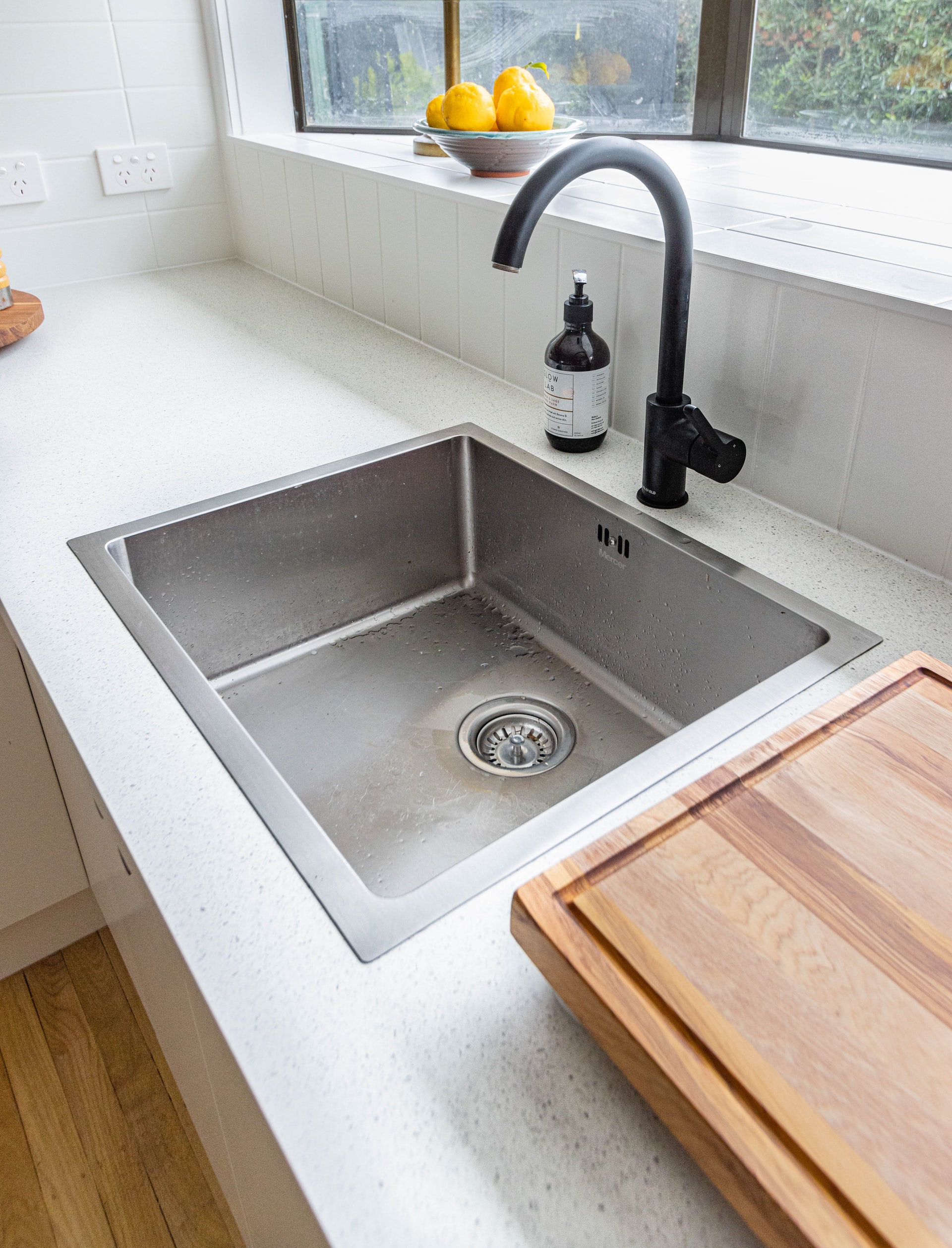
Construction and Material
Stainless steel single bowl drop-in kitchen sinks are typically made from a high-quality stainless steel alloy, which is known for its durability, corrosion resistance, and hygienic properties. The gauge of the stainless steel refers to its thickness, with lower gauge numbers indicating thicker steel. Most stainless steel kitchen sinks range from 16 to 22 gauge, with 18 gauge being a common choice for durability and affordability.
The manufacturing process involves forming the stainless steel into the desired shape for the sink bowl, followed by welding or seamless construction to create a smooth and seamless surface. The surface of the sink is then treated with a brushed or satin finish, which not only enhances its appearance but also helps to mask scratches and water spots.
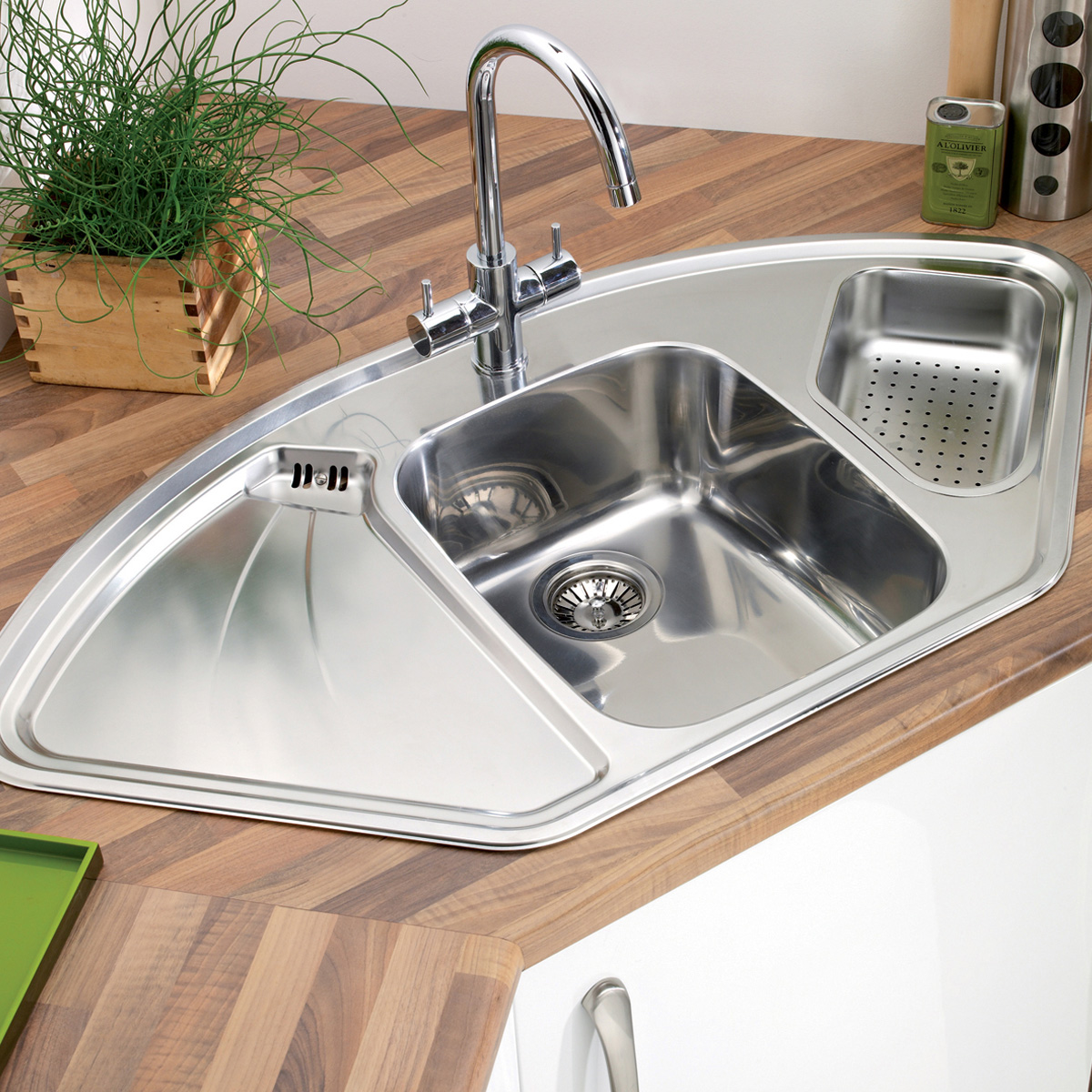
Benefits of Stainless Steel Single Bowl Sinks
Stainless steel single bowl drop-in kitchen sinks offer several benefits that make them a popular choice for modern kitchens. First, their durability and resistance to corrosion make them suitable for heavy daily use in busy kitchen environments. Stainless steel is also non-porous, which means it won’t harbor bacteria or odors, making it a hygienic choice for food preparation areas.
Second, stainless steel sinks are easy to clean and maintain. Their smooth surface can be wiped down with a soft cloth and mild detergent, and they are resistant to stains and water spots. Unlike other materials such as porcelain or granite, stainless steel sinks do not require special cleaning products or sealing to maintain their appearance.
Third, stainless steel single bowl drop-in kitchen sinks offer a sleek and modern aesthetic that complements a wide range of kitchen styles and designs. Whether you prefer a minimalist look or a more industrial vibe, stainless steel sinks can seamlessly integrate into any kitchen decor.
Last, stainless steel single bowl drop-in kitchen sinks are affordable and cost-effective compared to other materials such as granite or fireclay. They offer excellent value for money due to their long lifespan and low maintenance requirements, making them a practical choice for budget-conscious homeowners.

Installation Process
The installation process for stainless steel single bowl drop-in kitchen sinks is relatively straightforward and can be completed by homeowners with basic DIY skills. Here’s a brief overview of the installation steps:
Prepare the Countertop: Measure and mark the cutout area on the countertop according to the dimensions of the sink template provided by the manufacturer. Use a jigsaw to carefully cut out the opening, taking care to follow the marked lines accurately.
Install the Sink: Place the sink into the cutout opening and ensure that it fits securely and evenly. Apply a bead of silicone caulk around the edge of the sink lip to create a watertight seal between the sink and countertop.
Secure the Sink: Use mounting clips provided by the manufacturer to secure the sink to the underside of the countertop. Tighten the clips evenly to ensure a secure fit and prevent any wobbling or movement of the sink.
Connect Plumbing: Once the sink is securely installed, connect the plumbing fixtures such as the faucet, drain, and garbage disposal according to the manufacturer’s instructions. Test for leaks and make any necessary adjustments to ensure a proper fit.

Maintenance and Care
While stainless steel single bowl drop-in kitchen sinks are known for their durability and low maintenance, there are still some care tips to keep them looking their best:
Regular Cleaning: Wipe down the sink with a soft cloth and mild detergent after each use to remove any food particles, grease, or stains. Rinse thoroughly with clean water and dry with a soft towel to prevent water spots.
Avoid Harsh Cleaners: Avoid using abrasive cleaners or scouring pads on stainless steel sinks, as they can scratch the surface and dull the finish. Stick to mild soap and water or a designated stainless steel cleaner for routine cleaning.
Prevent Scratches: To prevent scratches, avoid placing sharp or heavy objects directly on the sink surface. Use a sink grid or protective mat to provide a cushioned surface for pots, pans, and utensils.
Maintain the Finish: Over time, stainless steel sinks may develop a patina or water spots. To maintain the finish, periodically polish the sink with a stainless steel cleaner or polish to restore its shine and luster.
Prevent Hard Water Deposits: If you live in an area with hard water, use a water softener or install a filtration system to prevent mineral deposits from building up on the sink surface. Wipe down the sink with a vinegar solution to remove any existing deposits.
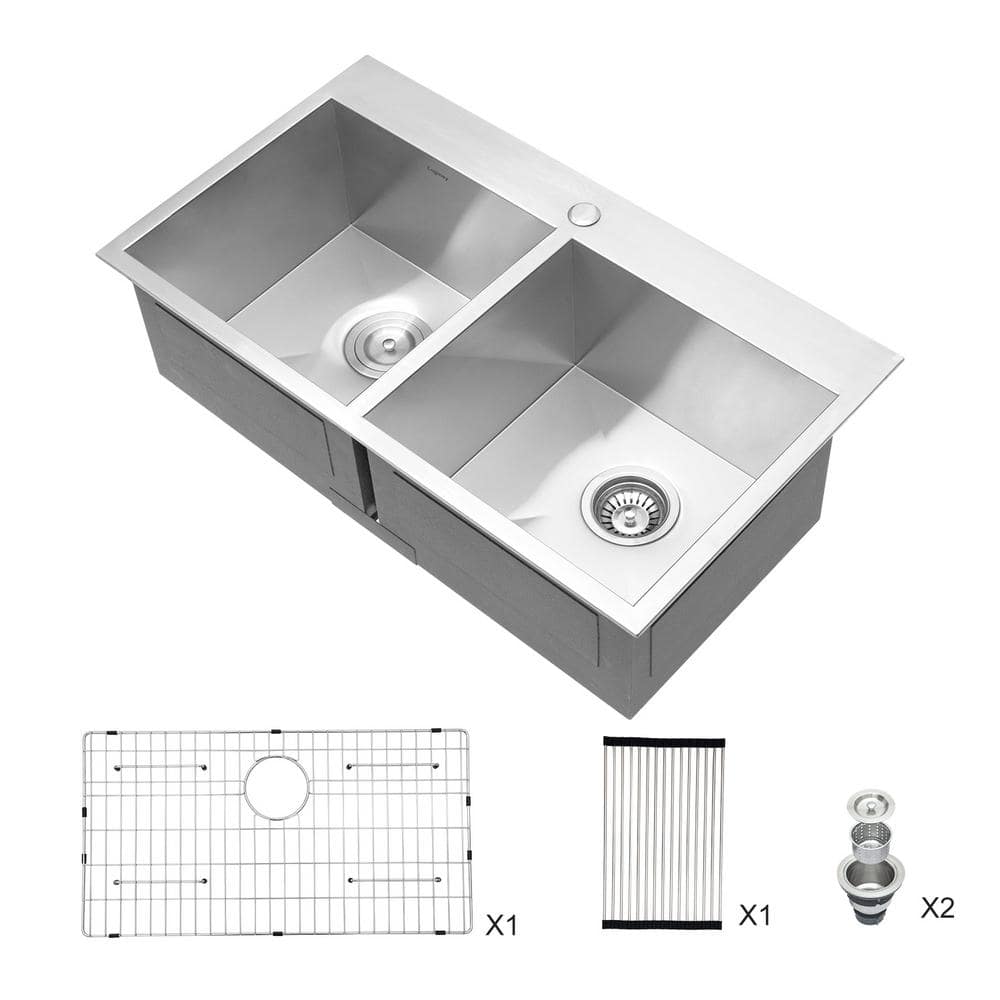
Common Mistakes to Avoid
Using Abrasive Cleaners: Avoid using abrasive cleaners or scouring pads on stainless steel sinks, as they can scratch the surface and dull the finish. Stick to mild soap and water or a designated stainless steel cleaner for routine cleaning.
Neglecting Maintenance: While stainless steel sinks are low maintenance, it’s still important to clean them regularly to prevent stains, water spots, and bacterial growth. Neglecting maintenance can lead to a dull appearance and compromised hygiene.
Improper Installation: Improper installation of stainless steel sinks can lead to leaks, instability, and damage to the countertop. Make sure to follow the manufacturer’s instructions carefully and securely install the sink using the appropriate mounting hardware.
Using Harsh Chemicals: Avoid using harsh chemicals such as bleach or ammonia on stainless steel sinks, as they can damage the surface and compromise its integrity. Stick to mild soap and water or a designated stainless steel cleaner for routine cleaning.
Ignoring Plumbing Connections: After installing the sink, make sure to properly connect the plumbing fixtures such as the faucet, drain, and garbage disposal. Test for leaks and make any necessary adjustments to ensure a proper fit and prevent water damage.

Are stainless steel single bowl drop-in kitchen sinks durable?
Yes, stainless steel single bowl drop-in kitchen sinks are highly durable and resistant to corrosion, making them suitable for heavy daily use in busy kitchen environments.
Are stainless steel sinks easy to clean?
Yes, stainless steel sinks are easy to clean and maintain. Their smooth surface can be wiped down with a soft cloth and mild detergent, and they are resistant to stains and water spots.
Can I use abrasive cleaners on stainless steel sinks?
No, abrasive cleaners or scouring pads should be avoided on stainless steel sinks, as they can scratch the surface and dull the finish. Stick to mild soap and water or a designated stainless steel cleaner for routine cleaning.
How do I prevent scratches on my stainless steel sink?
To prevent scratches, avoid placing sharp or heavy objects directly on the sink surface. Use a sink grid or protective mat to provide a cushioned surface for pots, pans, and utensils.
Do stainless steel sinks require sealing?
No, stainless steel sinks do not require sealing, as they are non-porous and resistant to stains. However, it’s still important to regularly clean and maintain them to ensure their longevity and appearance.
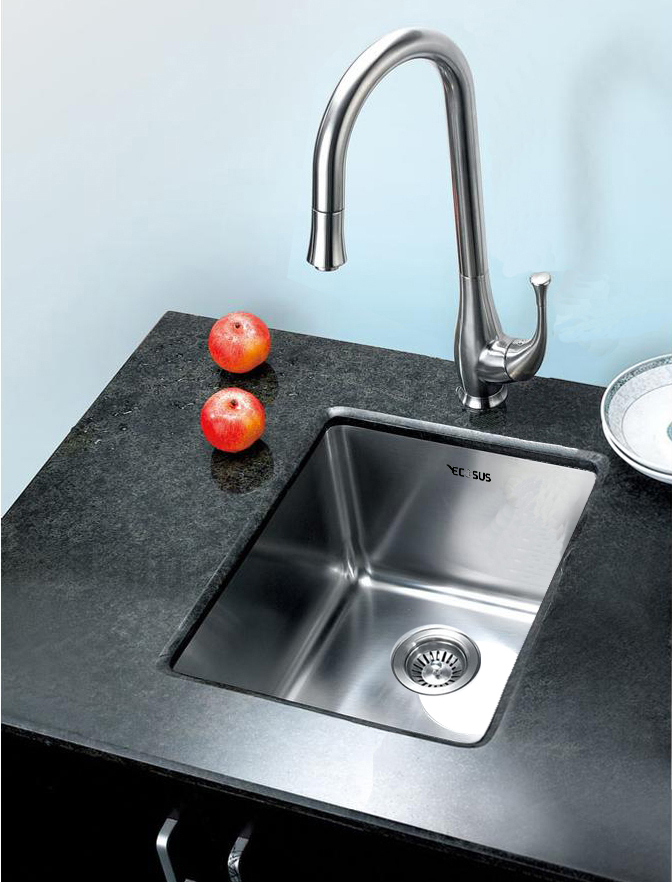
Culinary/Gourmet Stainless Steel Kitchen Sinks
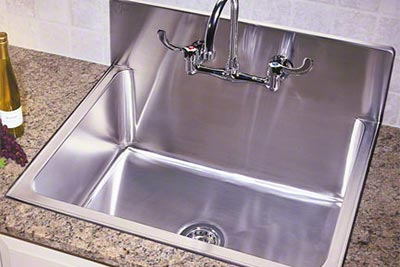
Elkay DSE12522 Dayton Elite Stainless Steel Single Bowl Top Mount Sink
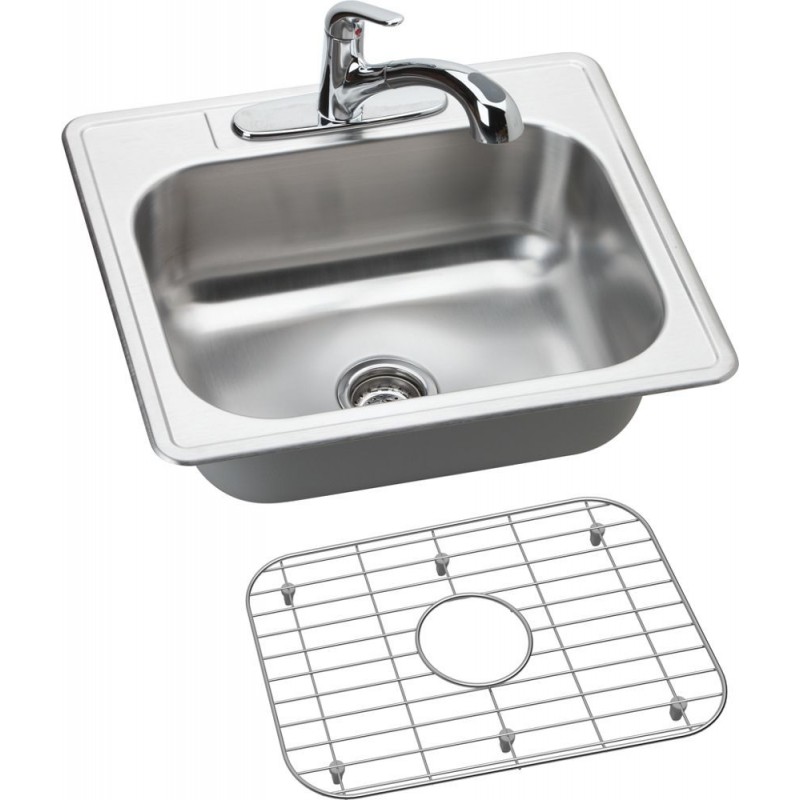
43″ Drop In Topmount Stainless Steel Double Bowl Kitchen Sink Package – Contemporary – Kitchen

Undermount Single Bowl 16 Gauge Stainless Steel Kitchen Sink with Gramercy
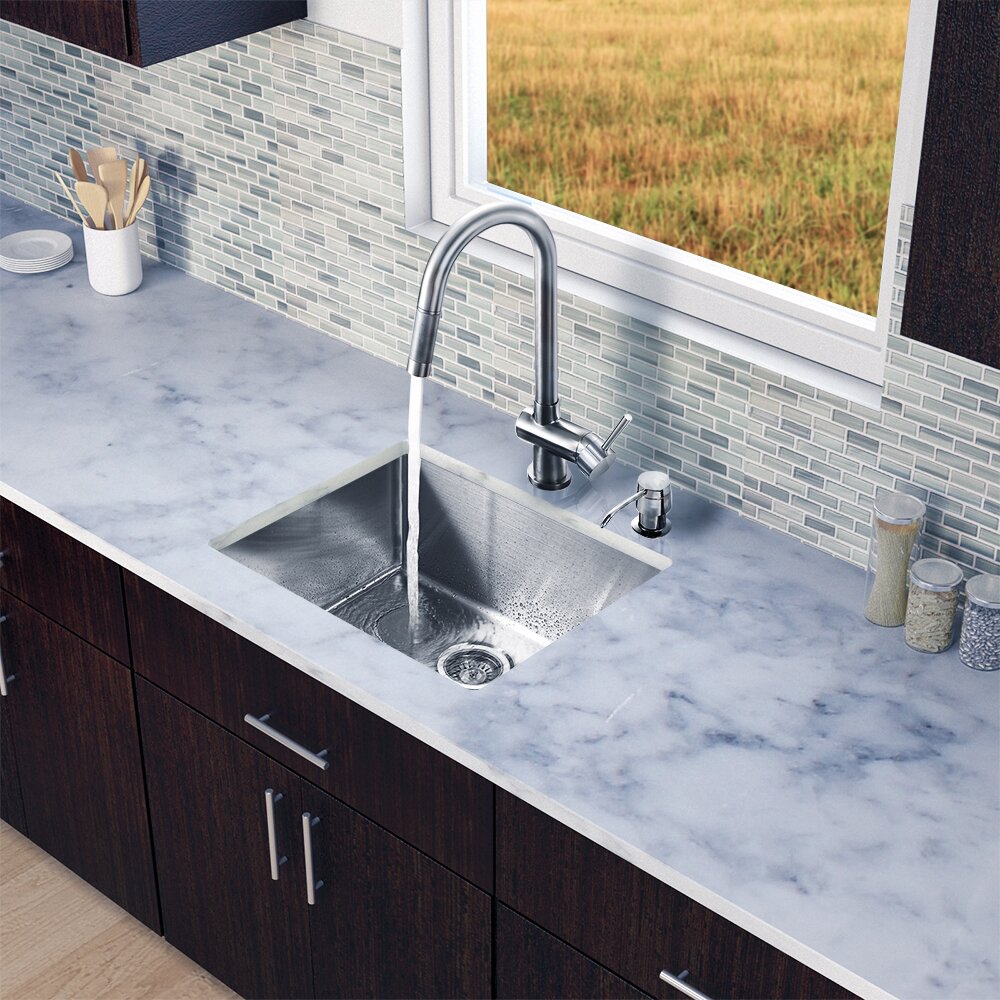
Related Posts: